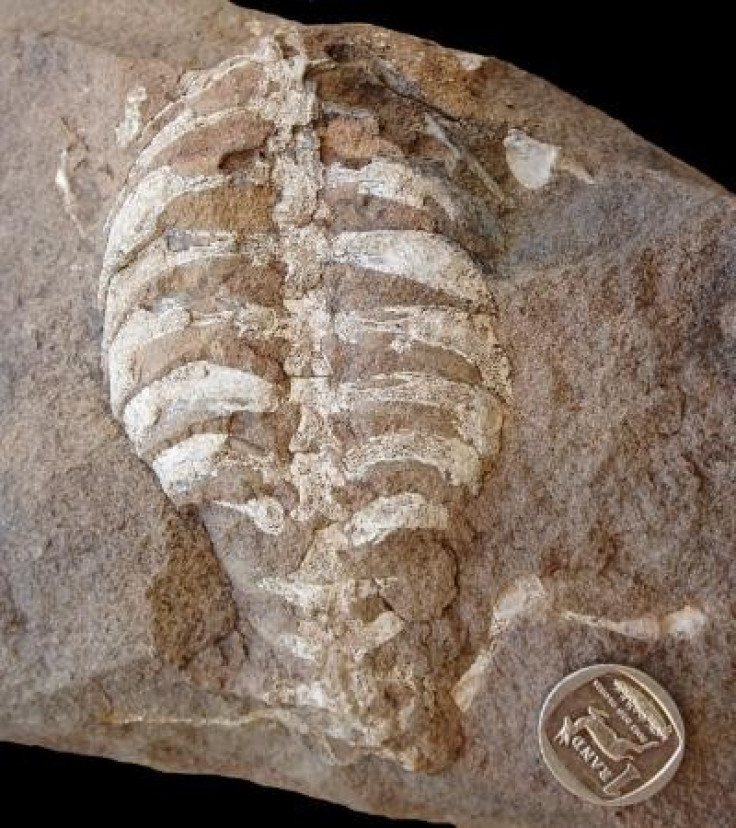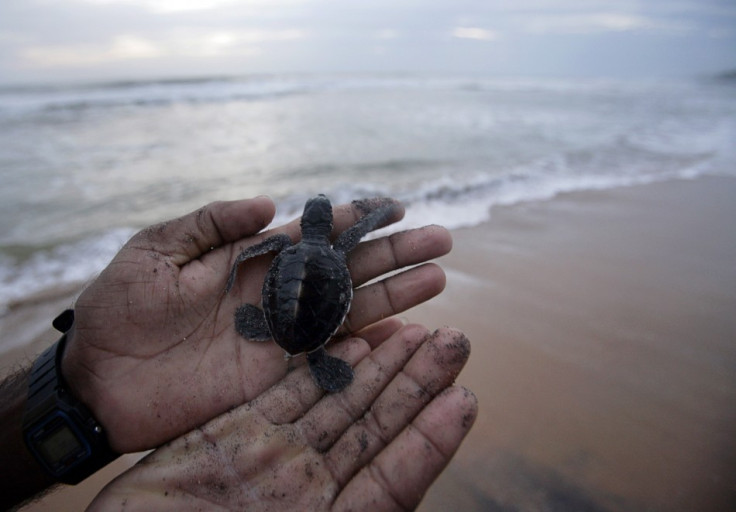Mystery of How Turtle Shells Evolved Solved
Scientists find turtles got their shells around 40 million years earlier than previously thought

Scientists have found out how turtle shells evolved - and that the process began 40 million years earlier than previously believed.
Turtles are unique among Earth's vertebrates in that they are the only one to form a shell on the outside of their bodies through fusing their ribs, vertebrae and shoulder girdle bones - around 50 bones in total.
However, how they came to have shells has remained a mystery.
Until recently, the oldest known turtle fossil dated back 210 million years but it already had a fully formed shell and offered no clue as to how it evolved.
But in 2008, scientists found the remains of an earlier turtle, traced to 220 million years ago. The Odontochelys semitestacea, found in China, had a fully developed shell on its belly, but its back shell was not fully formed. Instead, it was made up of broadened ribs and vertebrae.
From studying this fossil, scientists looked at a newly discovered specimen called the Eunotosaurus africanus, a species around 40 million years older than the O.semitestacea.

This new species had nine broadened ribs found only in turtles and lacked intercostal muscles between its ribs - another common feature - suggesting it represents one of the first species to form an evolutionary branch of turtles.
Tyler Lyson, from Yale University and the Smithsonian, said: "The turtle shell is a complex structure whose initial transformations started over 260 million years ago in the Permian period.
"Like other complex structures, the shell evolved over millions of years and was gradually modified into its present-day shape.
"Eunotosaurus neatly fills an approximately 30-55-million year gap in the turtle fossil record.
"There are several anatomical and developmental features that indicate Eunotosaurus is an early representative of the turtle lineage; however, its morphology is intermediate between the specialised shell found in modern turtles and primitive features found in other vertebrates.

"As such, Eunotosaurus helps bridge the morphological gap between turtles and other reptiles."
Explaining why more animals did not evolve shells in the way turtles did, Lyson said turtles have had to modify the way they breathe with specialised muscles.
"The reason, I think, that more animals don't form a shell via the broadening and eventually suturing together of the ribs is that the ribs of mammals and lizards are used to help ventilate the lungs.
"If you incorporate your ribs into a protective shell, then you have to find a new way to breathe."
The research team now plans to investigate the turtle respiratory system that allows them to breath with their ribs locked up: "It is clear that this novel lung ventilation mechanism evolved in tandem with the origin of the turtle shell," Lyson said.
© Copyright IBTimes 2024. All rights reserved.






